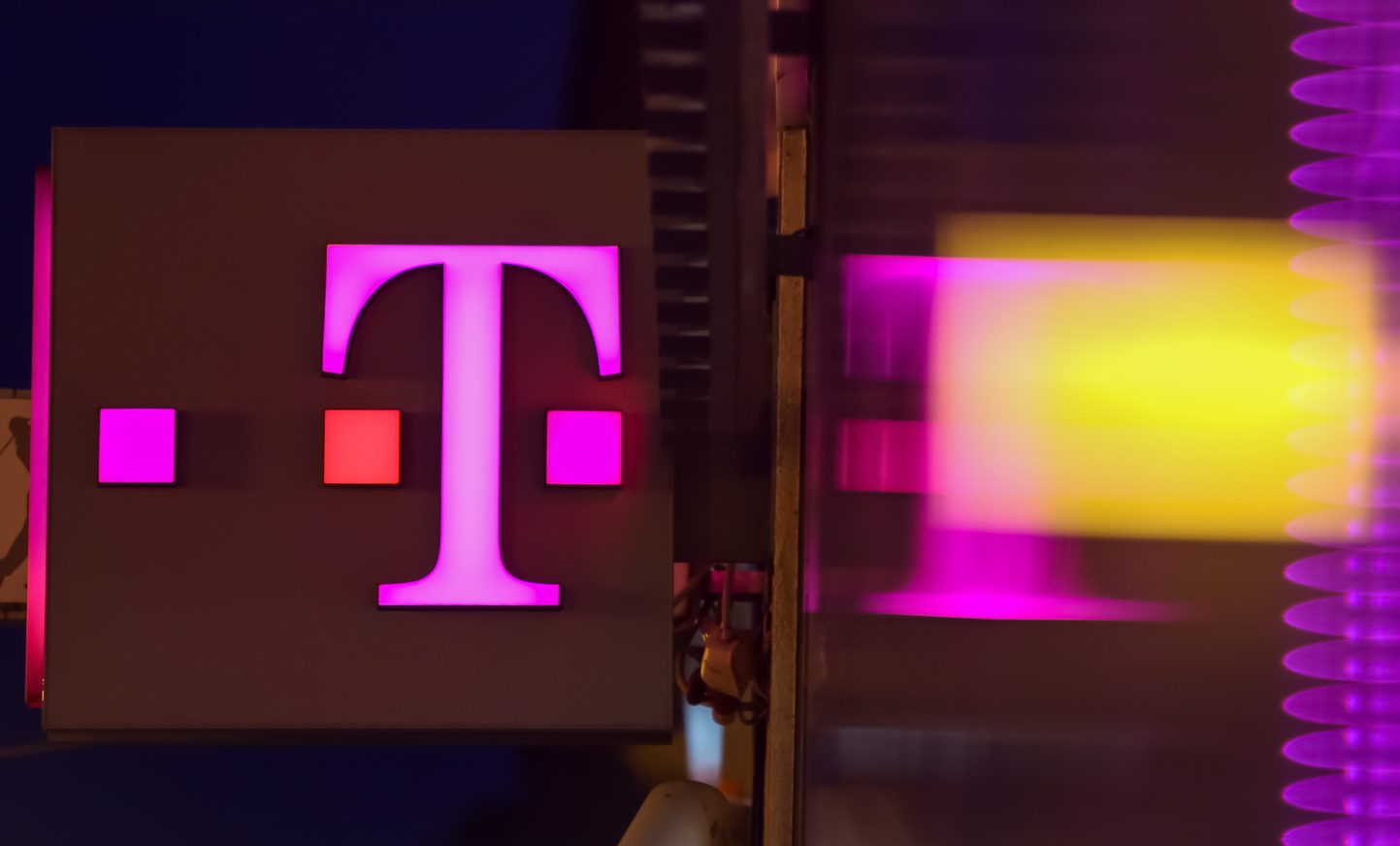RCRTech engages industry communities through research-driven content, conversations, and connections. Building on 40+ years of RCR Wireless News excellence, RCRTech delivers trusted insights informing and connecting technology buyers with innovators shaping connectivity and compute.
RCRTech engages industry communities through research-driven content, conversations, and connections. Building on 40+ years of RCR Wireless News excellence, RCRTech delivers trusted insights informing and connecting technology buyers with innovators shaping connectivity and compute.



![]()
KT plans to roll out the model first within its consumer services, before expanding to enterprise clients following stability checks In sum – what to know: Korea-tailored AI model – KT introduced SOTA K, built on GPT-4o with Microsoft, designed to reflect Korean language, grammar, and cultural context. Outperforms global models in benchmarks – SOTA K exceeded GPT-4o in Korean-specific …
AI compute isn’t one thing. It’s two. Under the umbrella of “AI workloads,” training and inference represent distinct computational worlds with different goals, hardware profiles, and economics. They often get lumped together, but the split matters — especially as it relates to the compute capacities of the data centers that are used for these two different tasks. Understanding the divide …
For decades, compute has scaled faster than memory. Processors can execute more operations every year, but the speed at which data moves in and out of memory has lagged behind. That mismatch, known as the “memory wall,” is now one of the defining constraints in artificial intelligence. AI makes the problem even worse. These days, training and serving large models …
The semiconductor industry is changing quickly, especially as it relates to AI. As AI workloads grow ever more demanding, old monolithic chips are giving way to new chiplet-based designs. But what exactly are chiplets and how will they radically improve performance for AI? Here’s a look. What are chiplets? Chiplets are small, functional blocks of silicon, each optimized for a …
Artificial intelligence has reshaped the semiconductor industry, driving an endless chase for better performance and efficiency. But as transistor scaling slows and Moore’s Law fades, the gains from smaller nodes are running into a wall. Now, packaging is where the real action is. In this new phase, performance breakthroughs aren’t being won by shrinking transistors — but instead by innovating …
Enterprise




